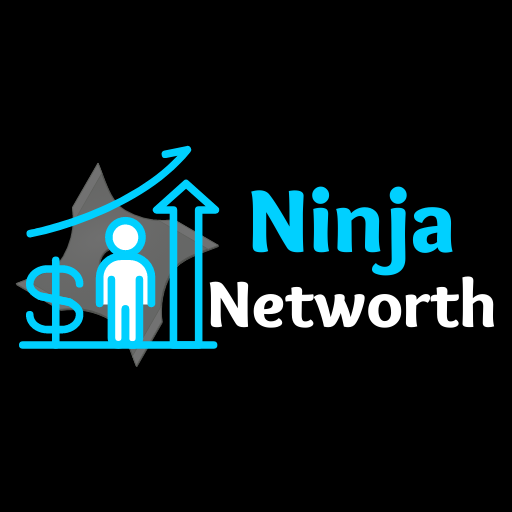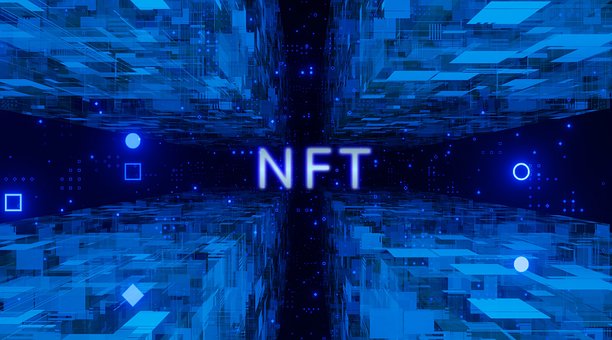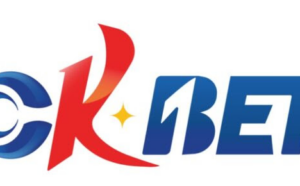NFT Marketing is a term used to describe cryptocurrencies on the blockchain that are unique in the sense that they have their own characteristics, traits, or values. Some NFTs (especially those with aesthetic value) are even artificially generated through computer coding. For example, CryptoKitties was one of the first successes for NFT marketing, token promotion and has since had their own crypto-game spun off from it. With over 500 different cats created by users to date – all of which were physically rare so that they were more desired and therefore more lucrative – these cats went viral and can now be found on sites like eBay.
1. NFTs = CryptoKitties
There has been a steady stream of NFTs, such as CryptoKitties, since the first “genesis block”. As with all blockchain based projects and cryptocurrencies, their existence and value stems from their supply. The vast majority of NFTs that exist on the blockchain were created through card-game-like mechanisms similar to that of CryptoKitties. Most of them have been created through very few actors who have implemented crypto-currencies in their products and services, some come from in-game purchases originally programmed into computers and later packaged for sale, others have been bundled into a game series like CryptoPunks. They are all essentially the same; for a certain price and formula, which is the supply, you can create an NFT on the NFT market.
2. Invented by Satoshi Nakamoto
Although most of the greatest minds over at ConsenSys were known to have founded projects (such as Ethereum) prior to Nakamoto’s crypto-genesis block in 2009, they still would have had no idea of what they created. NFTs have existed since early 2014, but only after it was explained to them in 2016 that this new type of currency and marketplace could have implications similar to that of a credit card. Just like how consumers can freely buy and sell their credit card points on the credit card market (Amazon, Whole Foods, etc.), users of NFTs are doing the same thing, only with new and exciting products. Find here.
3. Small Changes
The biggest change in the world of NFTs is also the smallest: it’s decentralized . NFTs are created on independent platforms and not owned by a single entity or server, which is one of the reasons why people were so wary about them at first. In fact, a majority of these tokens can be purchased through “fiat currency”, which is government-backed money that’s already in circulation. This transition from a centralized to a decentralized system – or even one that’s in between, like a hybrid of the two – took place over the past few years. With NFT marketing being done via several innovative ways (such as an ICO, rather than going through traditional fundraising methods), which have been pioneered by Ethereum founder Vitalik Buterin, it has positively impacted many sectors.
4. Surprisingly Good Returns
Another change is that NFTs are much cheaper to purchase than other cryptocurrencies on exchanges like Coinbase, SpectroCoin and Poloniex. Although they are much more expensive than regular cryptocurrencies (and therefore with higher demand), they offer considerably higher returns (and lower risks). Why? Because NFT marketplaces ensure the tokens don’t devalue by charging a small fee on each sale. Token Investment Exchange, for example, charges between 1 and 5 percent in fees on each NFT sale they conduct.
5. Little Competition
Since most of the convenience and ease-of-use in purchasing NFTs comes from their decentralization, this has also been a benefit to the whole project as a whole. On top of that, because of all the advantages that come with using NFTs (such as their ease of use and security), their demand and potential is only expected to rise (and it is already doing so). And because of the low price tags, the demand will only become greater for outreach.
6. Going Viral
The first wave of NFTs was relatively small, but over time it has gained more and more attention from investors. So much so that some investors have even started trading in these tokens as a way to hedge against crypto-currency volatility. Some have even “pumped” the NFT market by promoting their individual tokens through social media and advertising campaigns, as if they were stocks – which is an interesting parallel to how companies promote their own stocks on traditional exchanges. Other examples include: CryptoKitties (crypto-collectibles) and CryptoPunks (a game series). Both of these projects were able to generate more attention for their tokens than most, which allowed their prices to go up quickly – even though they had no real value in the outside world. And that’s part of the reason why NFT Marketing is here now: because it is so new, and yet it has such a large potential.
7. Low Volatility
The volatility of most cryptocurrencies is one of the biggest reasons they aren’t used to pay for goods and services. This trend was due to fiat currencies and especially traditional exchanges being safer and faster ways to exchange money into a crypto-currency like bitcoin (and vice versa). Even though NFTs are regulated by the same community that operates the Ethereum blockchain and Swiss CrypTocurrency Exchange, token marketing and their supply is not controlled by one single entity – unlike cryptocurrencies in general. Because of this, it is unlikely that their value would go up and down so quickly as other tokens do. And although there are other ways to trade NFTs on exchanges, most people sell and buy them there , because of all the advantages they offer.



